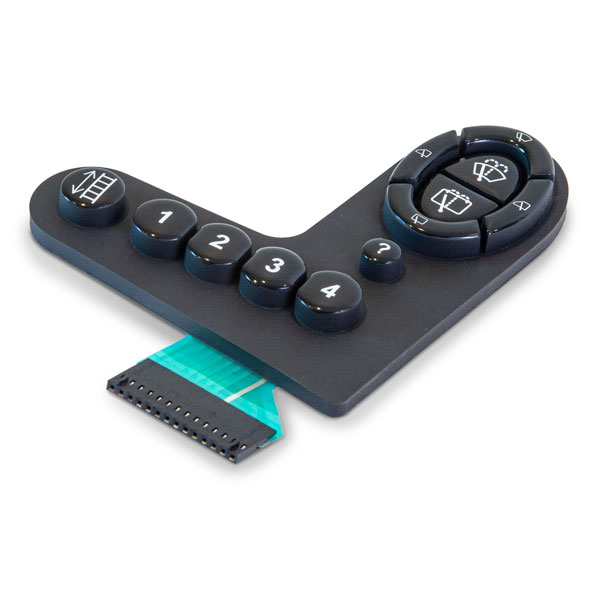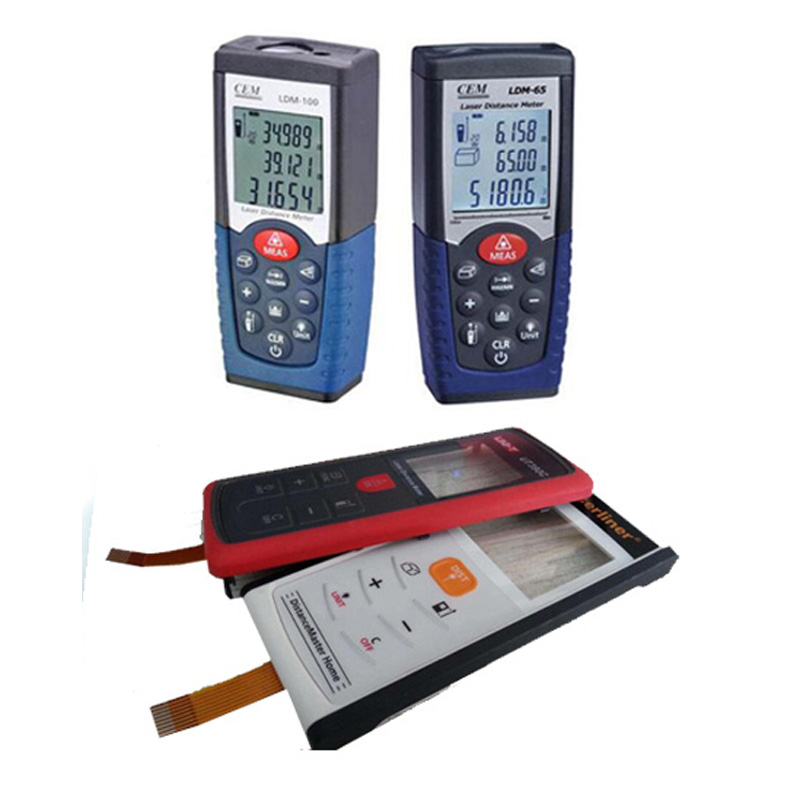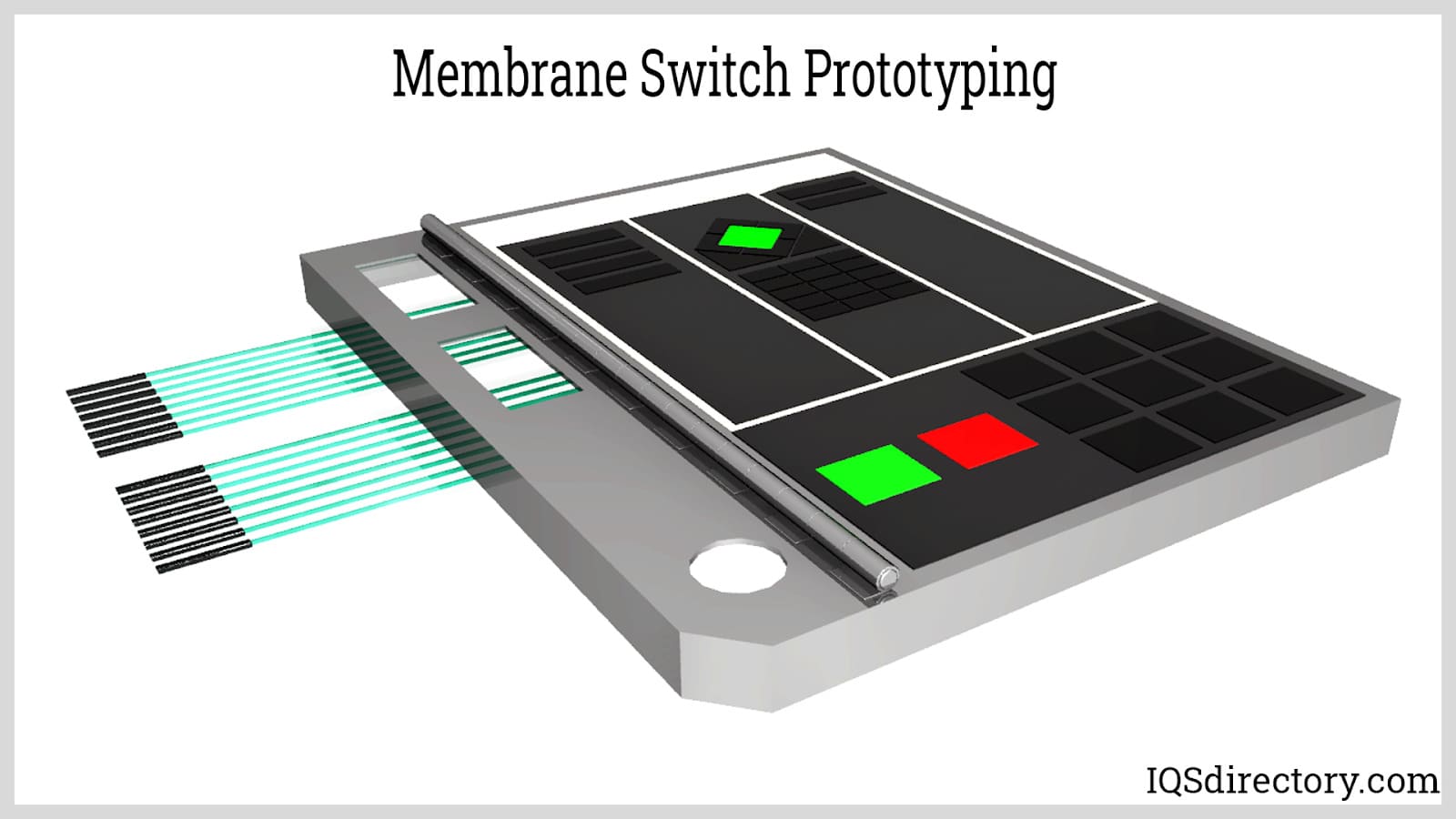The Production Process Behind Membrane Change: What You Need to Know
The production procedure behind membrane layer switches combines careful design, product choice, and quality control. It starts with comprehending the intricacies of membrane button style and proceeds through various stages, consisting of material choices and printing strategies. Each stage plays a crucial role in making certain functionality and sturdiness. The intricacies of layer building and the extensive testing requirements might reveal insights that are not instantly noticeable. What lies past these fundamental aspects?
Comprehending Membrane Switch Layout
Although membrane layer switches might appear straightforward in the beginning look, their layout includes intricate considerations that guarantee performance and longevity. The style procedure starts with an extensive understanding of customer demands, including the user interface's intended application and environmental aspects. Functional designs is a crucial element, as the layout must assist in ease of usage while making certain that responsive feedback meets customer expectations.Moreover, the layering of parts, such as visuals overlays, sticky layers, and conductive traces, need to be specifically crafted. membrane switch. This layered setup not only influences the switch's responsiveness yet also impacts its longevity. Interest is provided to the sealing strategies used to shield versus wetness and dust, which might compromise efficiency. Furthermore, design considerations expand to aesthetic appeals, where color pattern and aesthetic clearness boost user experience. Eventually, the layout of membrane switches balances capability, customer experience, and longevity, ensuring that they meet the demands of various applications effectively
Materials Utilized in Membrane Switch Over Manufacturing
When choosing materials for membrane switch production, it is necessary to consider both performance and toughness. The main products consist of polyester and polycarbonate films, which give flexibility and stamina. These films are typically covered with adhesive to ensure proper bonding to substrates. Conductive inks, generally composed of silver or carbon, are vital for creating electric links within the button, permitting trusted operation.Additionally, a protective layer, such as a tough coat, is frequently put on boost scratch resistance and durability. The option of backing product, such as acrylic or foam, can significantly impact the button's tactile feel and general customer experience. Different ecological elements, including temperature and moisture, must lead material selection to guarantee peak performance in specific applications. Ultimately, the right combination of products adds to the membrane button's performance and life-span, making notified choices crucial for producers.
The Printing Process: Creating Video and Text
The printing process in membrane layer switch production plays a considerable role in producing high-quality graphics and message. Various visuals layout strategies are utilized to guarantee aesthetic charm and performance, while cautious ink choice methods are essential for longevity and efficiency. Understanding these components is fundamental for achieving best lead to membrane layer button layout.
Graphic Style Techniques
Graphic style techniques play an important duty in the printing procedure of membrane switches, as they define just how graphics and text will eventually appear on the last product. Efficient graphic style involves the critical use colors, font styles, and designs to improve readability and visual appeal. Designers often make use of vector graphics for scalability, guaranteeing that images remain sharp at different dimensions. Furthermore, interest to contrast and positioning is vital, as it influences individual interaction and aesthetic high quality. The unification of branding components, such as logo designs, need to be handled with treatment to maintain brand stability. Generally, thoughtful graphic layout strategies add significantly to the functionality and appearance of membrane buttons, affecting user experience and item efficiency.
Ink Selection Approaches
Choosing the ideal ink is essential for accomplishing the wanted aesthetic top quality and longevity in membrane layer switch production. Various ink kinds are utilized, consisting of solvent-based, water-based, and UV-curable inks. Each type uses distinct features, such as resistance, bond, and adaptability to environmental elements. Solvent-based inks are often favored for their toughness and dynamic colors, while water-based inks are extra eco-friendly however may have limitations in attachment. UV-curable inks offer quick healing and robust performance. Additionally, shade matching methods guarantee that the selected inks line up with design requirements. Eventually, the choice of ink should consider elements such as application approach, substrate compatibility, and end-use requirements to achieve remarkable results in membrane layer switch graphics and message.
Layer Building and Setting Up

Product Choice Refine
A mindful option of products is necessary in the manufacturing procedure of membrane layer switches, as it directly influences functionality and toughness. The key materials used consist of polyester, polycarbonate, and different conductive inks. Polyester is usually preferred for its excellent resistance to chemicals and abrasion, making it suitable for harsh environments. Polycarbonate, on the various other hand, gives premium clearness and influence resistance, which is advantageous for applications requiring presence and toughness. Conductive inks, typically made up of silver or carbon, are important for creating trustworthy electric paths. Additionally, the selection of glue products impacts the overall honesty of the switch - membrane switch. Evaluating factors such as ecological direct exposure, tactile responses, and aesthetic requirements overviews manufacturers in choosing the most effective products for their certain applications
Layer Bond Strategies
Adhering layers in membrane button construction is an essential process that guarantees capability and long life. Various adhesion techniques are used to protect excellent bonding in between layers, which generally include using adhesives, warmth, and stress. Pressure-sensitive adhesives (PSAs) are generally made over at this website use of for their simplicity of application and prompt bonding capacities. In addition, thermal bonding techniques can be applied, where warmth is utilized to activate glue buildings, safeguarding a strong bond. The choice of attachment approach largely depends upon the materials involved and the details application requirements of the membrane layer button. Appropriate positioning important site and consistent application of adhesives are necessary to avoid issues, protecting the button operates successfully throughout its desired life expectancy.
High Quality Control Steps
Ensuring quality assurance during the layer construction and assembly of membrane layer switches is vital for maintaining performance and dependability. This procedure usually involves several important actions, consisting of comprehensive examinations at each phase of production. Producers use advanced testing approaches, such as peel tests and attachment evaluations, to verify the integrity of layer bonds. Additionally, aesthetic examinations are performed to recognize any defects in printing or material incongruities. Ecological conditions, such as temperature and moisture, are thoroughly checked to assure suitable treating and adhesion. Routine calibration of equipment aids maintain specific manufacturing requirements. By implementing these high quality control procedures, makers can significantly reduce the threat of item failure, assuring that the last membrane switches over satisfy the required specifications and customer expectations.
Testing and Quality Control Steps

Technologies in Membrane Layer Switch Modern Technology
As improvements in modern technology continue to develop, membrane layer buttons are benefiting from cutting-edge growths that enhance their functionality and user experience. One notable advancement is the click for more info integration of capacitive touch technology, which enables for even more receptive and intuitive interface. This change not only boosts appearances but additionally decreases mechanical wear and tear, extending the life-span of the switches.Additionally, innovations in visuals overlay products have actually resulted in enhanced resilience and resistance to environmental aspects such as moisture and UV light. These products currently provide enhanced clarity and brightness, more elevating the aesthetic appeal.Furthermore, the unification of wise modern technology is transforming membrane layer switches right into interactive control panels, making it possible for connection with IoT devices. This connection promotes a seamless individual experience, leading the way for applications in numerous sectors, from health care to customer electronics. Collectively, these innovations position membrane layer switches as important components in contemporary tool style.
Regularly Asked Questions
Just how Lengthy Does the Membrane Layer Switch Production Process Take?
The duration of the membrane switch production procedure can differ significantly. Factors such as complexity, materials used, and production volume influence timelines, with typical manufacturing ranging from a few days to a number of weeks for conclusion.
What Are the Usual Applications for Membrane Buttons?
Membrane switches are typically utilized in different industries, consisting of automotive controls, household devices, clinical devices, and customer electronic devices (membrane switch). Their versatility and longevity make them ideal for applications needing easy to use interfaces and reputable performance in varied environments
Can Membrane Switches Over Be Customized for Particular Requirements?

What Is the Lifespan of a Common Membrane Layer Switch?
The life-span of a normal membrane layer switch differs, however typically, it ranges from 1 to 5 million cycles. Elements such as usage, atmosphere, and worldly quality greatly influence sturdiness and overall performance with time.

Are Membrane Layer Changes Eco-friendly?
The ecological friendliness of membrane switches over differs. Some products used may not be recyclable, while others can be environmentally friendly. The general impact depends upon manufacturing products and practices, demanding careful factor to consider throughout option and disposal. The production process behind membrane layer switches over combines careful design, product choice, and quality control. It begins with understanding the details of membrane layer button style and progresses via various stages, including product selections and printing methods. When choosing products for membrane layer switch production, it is crucial to contemplate both performance and longevity. A mindful choice of materials is important in the manufacturing procedure of membrane switches, as it straight influences capability and toughness. The selection of attachment method greatly depends on the products included and the details application requirements of the membrane switch.